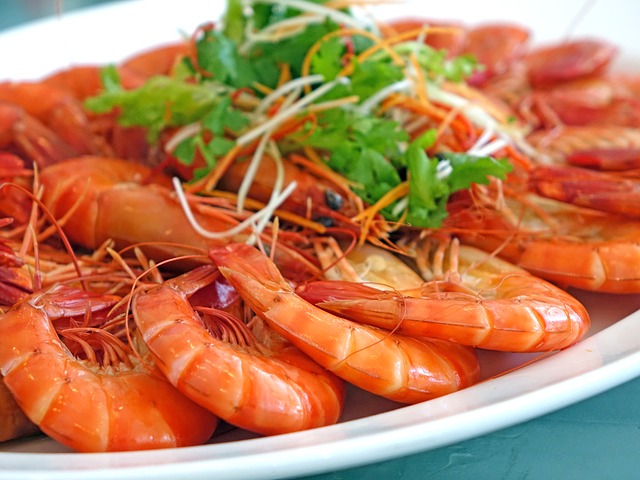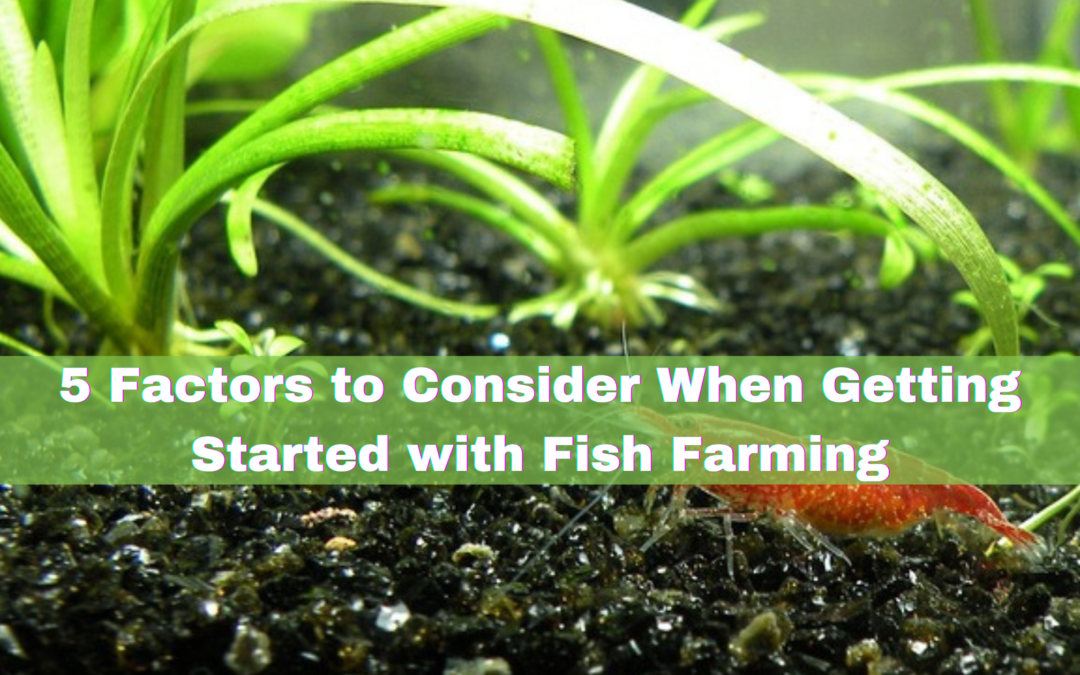Aquaculture has been in existence for about 4000 years and it is speculated that the techniques used in setting up fish ponds originated from China. It was practiced by fishermen who wanted to keep their catch alive in baskets that were submerged in small water bodies. It’s also said that aquaculture was developed from ancient practices that were used by farmers to trap fish. The operations improved steadily from capturing wild fish to raising and growing fish.
Here are some of the factors to consider when getting started with fish farming;
Site Selection
The success of fish farming highly depends on the selection of the ideal site. If you intend to produce high-value species such as shrimps then site selection is quite critical and should be accorded utmost attention. The quality of soil should be considered and should have the ability to retain water. The soil should also be tested for alkalinity which should not be at least pH 7 and above to help prevent challenges that arise as a result of acid-sulfate soils with poor response to fertilizer. The slow growth of culture species and low natural production of food.
Other key things to consider when choosing sites are land elevation and tidal characteristics of the preferred site. Vegetation should be considered and the site should not have big tree stumps with thick vegetation that require clearing. Water supply quality should be considered as there needs to be the availability of a steady supply of both fresh and brackish water in adequate quantities. Accessibility and availability of manpower are other key factors to be taken into consideration.
Pond Layout
The layout of the pond highly depends on the culture species alongside the shape and size of the area which in turn determines the size of the pond, position of the gate, and water canals. A fish farm is considered to be well planned if all of its water control structures and the various pond compartments complement each other well. For better circulation of water; shrimp ponds might require one type of pond with separate inlets and outlets.

Pond Management
Poor management of fish ponds especially when growing shrimp can be costly. The farmer should take into consideration specific biological requirements of culture organism; the type of culture system to use and the cultural environment which can either be brackish water, freshwater or marine. Under pond management, a number of things should be taken into consideration such as pond preparation, and conditioning, stocking, fertilization, and feeding depending on the culture systems in use, water management, pond maintenance, and harvesting.
Stocking
Once the pond is prepared, shrimp post-larvae or fish fingerlings should be stocked at a density that’s appropriate depending on the size of the pond, culture strategy, and the size of fingerlings among others. The fingerlings should be properly acclimated and conditioned well before stocking and the weak or diseased ones eliminated.
Feeding
Fish and shrimp that are grown in intensive and semi-intensive culture ponds are normally given supplementary and full artificial feeds. A wide variety of feed ingredients can be used to prepare supplemental and artificial feeds. The simplest fish feeds can be prepared around the pond site using locally available raw materials such as corn bran, rice mill sweepings, and copra meal as sources of carbohydrates. Such can be used alongside animal protein and fish meal to help supplement feeds.
P.S: – Join a team of expert farmers that are committed to improving the planet through the practice of sustainable farming. Visit Our EAT Community for hours of webinars from experts in various fields. A community where you can make some money, making the planet better!



